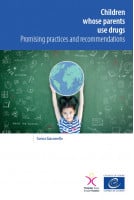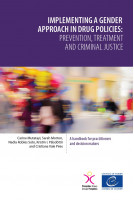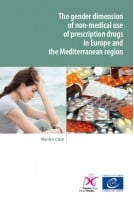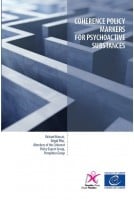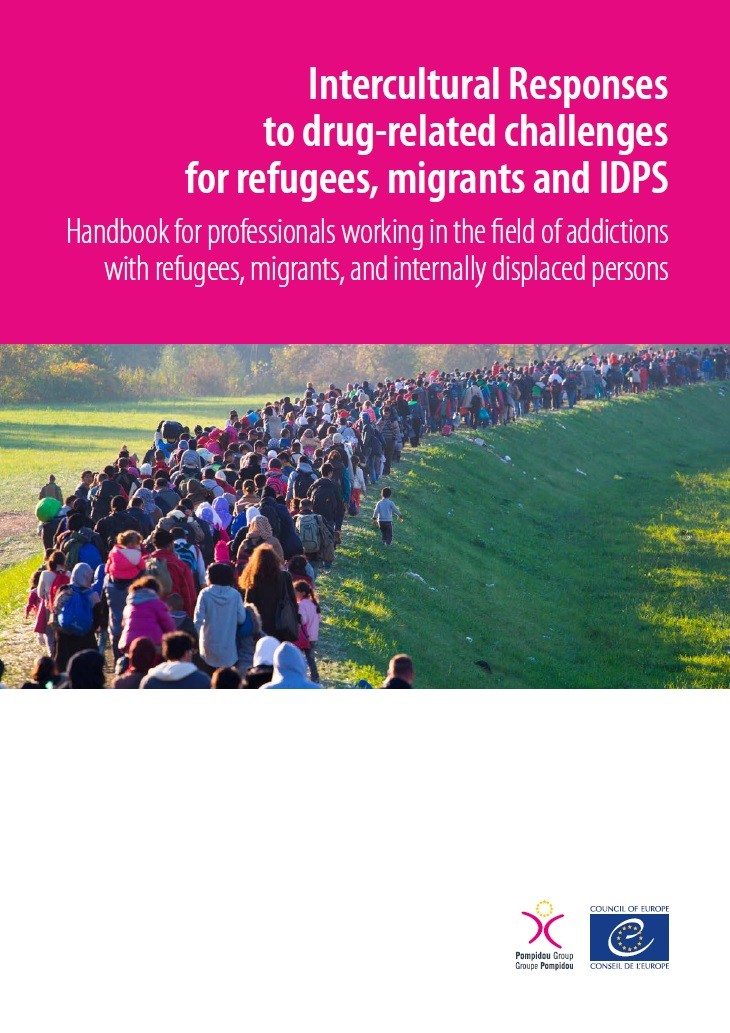CHAPTER 1 – INTRODUCTION TO MIGRATION
1.1. Internal migration
1.2. International migration
1.3. Common features and legal framework of the target groups
1.4. Conclusions
CHAPTER 2 – PEOPLE ON THE MOVE AND DRUG-RELATED CHALLENGES
2.1. Risk factors
2.2. The pre-migration phase
2.3. The migration phase
2.4. The post-migration phase
2.5. Socio-cultural competence
2.6. Trauma and mental health risks
2.7. Trauma-informed care
2.8. Social exclusion and stigmatisation risks
2.9. Covid-19 risks
CHAPTER 3 – SCREENING AND FIRST ASSESSMENT CHAPTER 4 – PREVENTION
4.1. Overview
4.2. Early detection upon arrival and preventive reception system
4.3. Prevention related to housing
4.4. Prevention at community level
4.5. Prevention at household/family level
4.6. Targeted prevention for vulnerable groups
4.7. Recommendations for policy makers
CHAPTER 5 – HARM REDUCTION
5.1. Overview
5.2. Harm reduction challenges
5.3. Recommendations for professionals
5.4. Harm reduction recommendations for policy makers
CHAPTER 6 – TREATMENT AND SOCIAL INCLUSION
6.1. Overview
6.2. Treatment and social inclusion challenges
6.3. Recommendations for professionals
6.4. Recommendations for policy makers
CHAPTER 7 – LAW-ENFORCEMENT ASPECTS
7.1. Overview
7.2. State and characteristics of the drug market in Europe
7.3. Drug-related crime prevention co-operation
7.4. Recommendations for law-enforcement professionals
7.5. Recommendations for policy makers
GUIDING PRINCIPLES ON PREVENTION, HARM REDUCTION AND TREATMENT OF SUBSTANCE USE DISORDER AND OTHER ADDICTIONS FOR REFUGEES, MIGRANTS AND IDPS
Overview
I. Screening
II. Prevention
III. Harm reduction
IV. Treatment
APPENDICES
Appendix I – Israel: Country profile and screening management
Appendix II – Slovak Republic: Country profile and screening management
Appendix III – Characteristics of the drug market in Europe: classification per substance
REFERENCES



